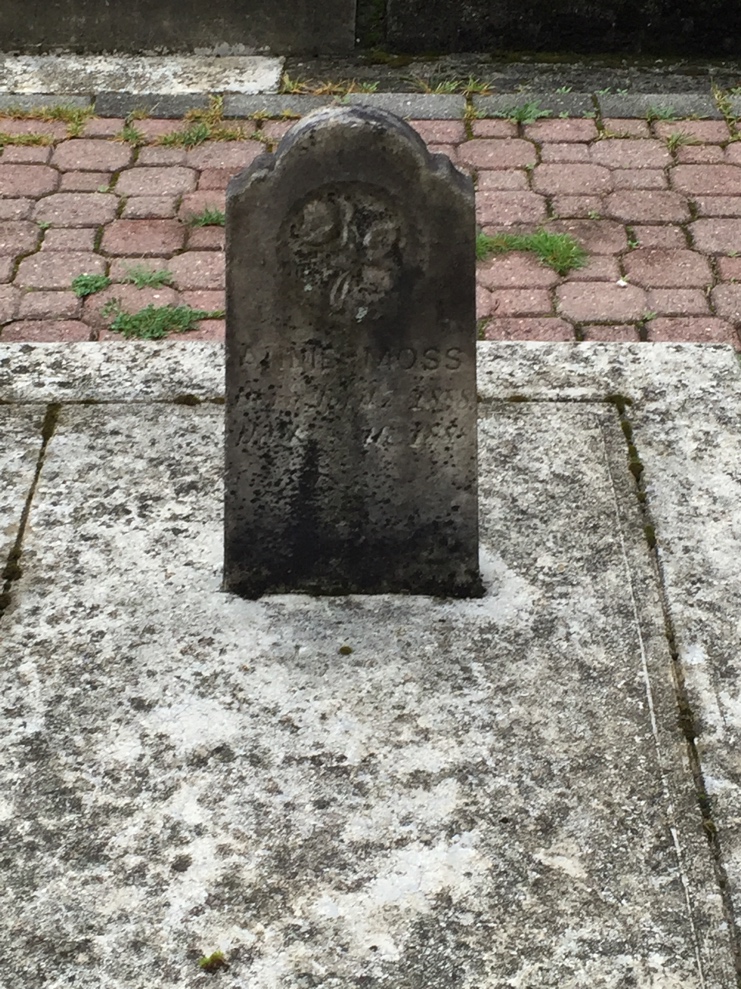There is nothing like starting a new project when the weather is nice. That being said, a cemetery is not the usual place one starts out their summer, but me and ten others have chosen to do so and I could not be more excited. Is is invigorating to know that we are starting something that is not only personally satisfying and fascinating, but has a larger impact on the surrounding Jewish community. Over the next few weeks as archaeologists we will take on the role of Sherlock Holmes like characters and uncover further heritage for the community and the many hidden meanings and happenings that have gone on here in the Emanu-El Jewish cemetery here in Victoria.

The serene atmosphere of the cemetery adds a reflective aspect in one’s surroundings.
Photo credit: Paige Peterson
Already me and my fellow students in this course have realized that there are a few things which will and have made similar fieldwork in the past as easy going as possible. These things include a vast amount of teamwork, cooperation, attention to detail, love for the unusual, and passion for the history that surrounds us and that we will undoubtedly find. This year in the cemetery the focus will be on recording as many of the monuments as possible for future reflection and record, as well as, cleaning and upkeep. Moreover, time will be spent in the archives and ultimately gathering information throughout the cemetery for our end project which will surround significant aspects of the Jewish community here in Victoria. These projects will range from monument damage analysis to individual biographies of individuals buried within the borders of the cemetery both young and old.
One of the most thought-provoking elements of Thursday was the tour that Dr. Rick Kool from Royal Roads University gave at the beginning of the day. During his time with us he explained the history behind the Jewish cemetery, the role of it in the Jewish community, and subsequently how he himself and others fit in. Entwined within these concepts and the cemetery is a link to even further back, with the Jewish tradition in mind. It was amazing to hear what an effect this cemetery had on not only the people within the Jewish community but outside it as well. Often looked upon as a place of peace and reflection to those who visited, the cemetery is not only a place for the dead, but the living as well.
In fact, is is inscribed at the opening to the cemetery in Hebrew is ‘House of the Living’. For according to Dr. Rick Kool, an important element of Jewish funerary practice is the confrontation with one’s own mortality and aspects such as the placing of soil upon the coffin as something of a reminder to the relatives of the deceased of what is actually happening. In this way they are forced to acknowledge what is going on in a very important part of their life.
Another aspect that is not immediately apparent is the Jewish tradition of everyone no matter they life they lived returning to the earth in the same way, which includes being buried in plain clothing, a simple shroud and plain wooden box. Although there is some differentiation in terms of wealth when it comes to funerary monuments, the difference is subtle in comparison to those in non-Jewish cemeteries. Because when it comes down to it we are all human and come to death in the end. It is a critical point to both remember and appreciate, and to those in this community it can be a source of comfort. The Emanu-El cemetery is a space for not only burial, but peace and reflection. I look forward to discovering the many other things it has to offer, and ways in which archaeology can help understand this spaces meaning and history in a new light.

